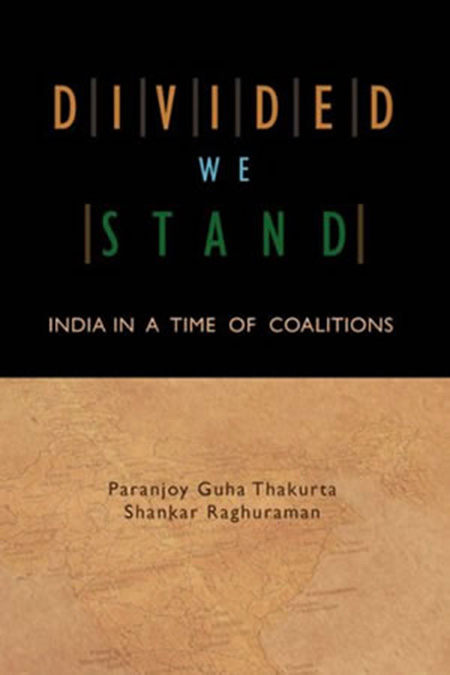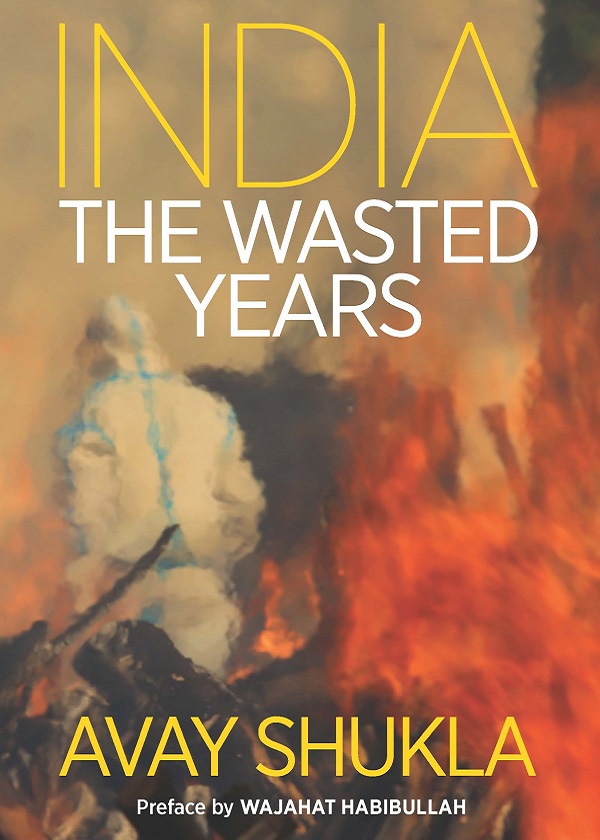The sting operations conducted by CobraPost, among other things, highlight how pervasive the phenomenon of paid news is at present in much of the mainstream media in India. Corruption in the media is hardly new or unique to India. Over the last decade or so, in the wake of the Great Recession worldwide, there has been a squeeze in the flows of advertising income to many media organisations across the globe. This period has also coincided with the exponential growth of the internet, a platform on which readers, viewers and listeners are reluctant to pay for what they read, watch or listen to.
In India as well, the "double whammy" of the recession and the growth of the worldwide web has upset the revenue models of most large media groups, many of which have downsized. With the growth of advertising and sponsorship incomes from the private sector coming down, stagnating or decelerating, these media groups have become relatively more dependent on government bodies and the ruling dispensation for their earnings. Consequently, they are displaying a willingness to bend over backwards not only to earn money but also to accommodate the ideological interests of those wielding political power. These aspects of the political economy of the media in India have come into sharp focus because of the CobraPost expose.
The sting operations draw attention to the report of the sub-committee of the Press Council of India (PCI) titled "Paid News: How corruption in the Indian media undermines democracy." Paid news is not easy to identify simply because black money transactions are involved, more often than not. Though some of those "stung" in CobraPost's clandestinely recorded videos claim that they were not involved in passing off advertisements as news, the occurrence of paid news can be reliably established only by its participants and players and that too, by admitting that they have violated various laws, including laws relating to fraud, deception, election of representatives of the people and non-payment of taxes. This is why the "evidence" obtained by CobraPost could only have been obtained through deception and in a clandestine manner.
Journalist P. Sainath reported on the problem of paid news as it manifested itself on the eve of October 2009 assembly elections in Maharashtra. He highlighted a series of complimentary reports on the then Chief Minister of the state, Ashok Chavan. A total of 15 separate editions of three large newspapers carried absolutely identical content as news reporting, with each newspaper attaching a different byline of its correspondent to it. The three newspapers in question, the Lokmat, Pudhari and Maharashtra Times, were competitors.
In July 2009, the PCI constituted a two-member sub-committee (of which one was this author) to examine the paid news phenomenon. After considering written and oral representations made by over 100 persons over more than six months, a report was presented to the council. It mentioned scores of instances of paid news, named names and detailed the phenomenon, before making several diverse proposals that could curb the malpractice.
The intent was to present circumstantial evidence and name and shame those apparently engaged in the practice of paid news. Among those named were some of the most widely circulated daily newspapers, such as the Times of India, the largest circulated English daily, the Dainik Jagran and the Dainik Bhaskar, the first and second most widely circulated Hindi dailies, Lokmat, the most widely circulated Marathi daily, Punjab Kesri, the most widely circulated Punjabi daily and Eenadu, one of the most widely circulated Telugu dailies. All the allegations in the sub-committee's report were attributed and opportunities provided to those against whom allegations were levelled to exercise their right to reply. It is a separate matter that some media organisations chose not to respond to the PCI.
The events that followed the submission of the PCI sub-committee's report in April 2010 need to be recounted. The council's then Chairman, Justice GN Ray, appointed a "drafting committee" which prepared a shorter report that, mostly, contained the concluding observations and recommendations in the report of the sub-committee. On July 31 that year, the council decided by a show of hands of the members present and voting that the full report of the sub-committee would not be appended with the report that would be presented to the Ministry of Information and Broadcasting.
The voting process itself left much to be desired. No formal record of it was made and no votes for or against were recorded. Twenty four of the 30 members in the PCI (including its chairman and secretary) attended the July 31 meeting- making it one of the most well-attended meetings of the council. Twelve members opposed the sub-committee's report being attached to the final report, and three abstained. Only nine members of the PCI, less than a third, voted in favour of the proposition. The result was that the 36,000-word-long indictment of the corrupt practices of a section of the Indian media contained in the sub-committee's report was sought to be reduced to a footnote, as a document for "reference."
Despite the best efforts of certain vested interests in the PCI, the report of the sub-committee entered the public domain because at least 30 copies of the document were in cyberspace since copies of the report had been e-mailed to all members of the council. In fact, the report probably gained more attention than it otherwise would have if it had been made public by the PCI in the first place. Nevertheless, the report was not an "official" document and did not remain one for around 14 months, that is, till the Central Information Commission, acting on a complaint by Manu Moudgil under the Right to Information Act, ordered the council to make the report available on its website by October 10, 2011, which it did.
Much of India's "mediascape", dominated as it is by corporate conglomerates, is constructed and maintained with a single imperative: maximisation of profits. The "fourth estate" in the world's largest democracy often emphasises commercial considerations rather than search for the truth and hold accountable those in positions of power and authority. The independence of the media and its ability to bring about transparency in society by playing an adversarial role against the establishment get compromised because of corruption within the folds of the media itself. These facts have been emphasised by the recent revelations made by CobraPost.
PS: A few paragraphs of the article have been reproduced from ‘Journalism: Ethics and Responsibilities’; Copyright: Prem Bhatia Trust.


